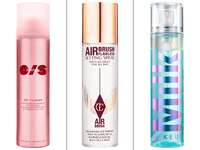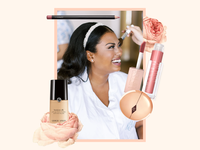How to Decide Between Botox vs. Fillers Before Your Wedding
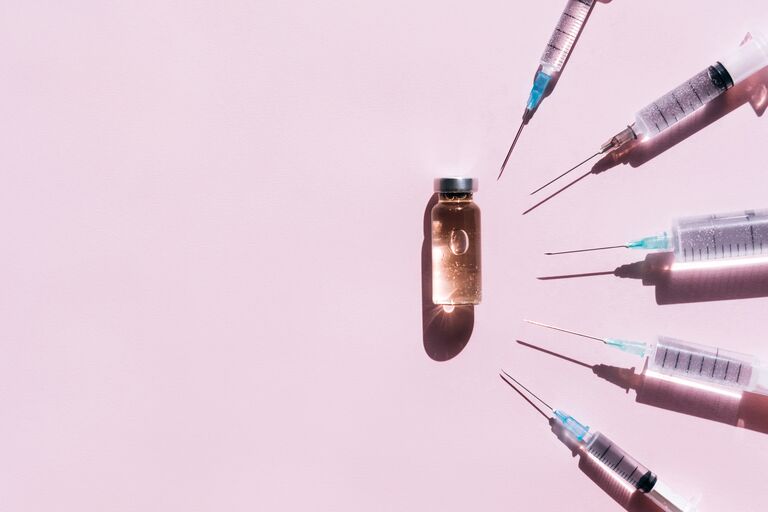
Real talk: We all want to be the most confident version of ourselves on our wedding day. So it's no surprise that brides and grooms alike have been adding advanced skincare treatments and in-office procedures, like botox and filler, to their prewedding to-dos. While you obviously don't need these procedures to feel beautiful on your wedding day, if they're going to make you feel like your best self, then we say go for it!
Understandably, you may be nervous to make any cosmetic changes before your wedding day. You may also have a lot of unanswered questions, like: What is the difference between Botox and fillers? When should I get Botox before the wedding? How much should I expect to spend? To answer your most pressing FAQs, we called on Melina Norberto, a board-certified physician assistant and TikTok educator at LightTouch MedSpa in Orlando, Florida, to break down everything you need to know about cosmetic injections, from the cost to the best beauty timelines. (Spoiler: It's not a week out from the wedding!)
In this article:
- What Is Botox?
- Types of Botox
- When To Get Botox Before Your Wedding
- Average Cost of Botox
- What Are Fillers?
- Types of Filler
- When To Get Filler Before Your Wedding
- Average Cost of Filler
- Are Botox and Fillers Safe?
- Does Botox Hurt? Do Fillers Hurt More Than Botox?
- Botox vs. Fillers: Which Prewedding Treatment Is Right for You?
- Frequently Asked Questions About Botox and Fillers
What Is Botox?
Want to say goodbye to unwanted lines and wrinkles? Say hello to Botox. "Botox is a neurotoxin that temporarily weakens the muscle it is injected into," Norberto says. "For instance, you can reduce forehead lines by injecting botox into the frontalis muscle, which will keep you from raising your eyebrows. Or we can inject Botox in areas that pull the brows down, like the glabella (angry face muscles) and the orbicularis muscle (the muscle around the eye), to give a beautiful brow-lifting effect."
Botox can even reduce the symptoms of certain medical conditions. It can be injected into the underarms to temporarily relieve excessive sweating, known as hyperhidrosis, or into the masseter muscles to reduce TMJ symptoms.
Types of Botox
Believe it or not, Botox is actually a brand of neurotoxin and has become a catch-all name for the treatment. "Botox was the very first FDA-approved neurotoxin, and then came Dysport, Xeomin, Jeuveau, and Daxxify," says Norberto. "They're all in the same family of botulinum toxin A; they just have a few variances in their molecules."
When looking at the different types of botox, Norberto compares it to looking for pain relievers at the drugstore. "Aleve and Motrin are in the same drug family with the same result; they just have different variations in their molecules, so your body may respond better to Motrin, whereas someone else's might respond better to Aleve." Here are a few key differences between them:
-
Botox: The most common neurotoxin that treats wrinkles, excessive sweating and even migraines. It takes a few days to start noticing a difference, and it may take up to two weeks post-treatment to see the final results, which last about three to four months for most patients.
Dysport: Ideal for treating larger surface areas, Dyspot is known to last about four months with noticeable results within twenty-four hours. However, Dysport is diluted more than Botox, which means you'll need more units to achieve the results you want.
-
Xeomin: Xeomin is a more purified form of Botox with no extra additives and often referred to as the "naked" injectible. Xeomin was created specifically to treat the "angry 11" muscles between the brows. It's also been FDA-approved to help with chronic sialorrhea, eye spasms, limb spasticity and frown lines.
Jeauveau: Known as "Newtox", Jeauveau has a similar formula and effectiveness to Botox, especially when it comes to the "11" muscles. It's growing fast in popularity due to its cheaper price point compared to the others.
-
Daxxify: What has everyone talking about the newest nueortoxin on the market? It's staying power. Daxxify is said to work similar to Botox as a wrinkle-smoother, with patients reporting results lasting six to nine months.
When To Get Botox Before Your Wedding
10 Months Out: While Botox is a quick in-office treatment with no downtime, it takes about two weeks to show maximal results and lasts for three to four months. For your wedding, Norberto recommends planning your first visit about 10 months in advance. "It will take a few sessions, about three to four months apart, for you and your injector to figure out your perfect dose," she says. "You don't want to try Botox for the first time a month before the wedding and then realize you don't like the way it looks or that you want to make certain tweaks."
7 to 4 Months Out: Your second and third treatments are for dosing adjustments. "Maybe you want a little more of a brow lift or less movement on your forehead," says Norberto. "This is the time for your injector to modify your dose and get you closer to the results that you want."
1 Month Out: Your final prewedding treatment should be scheduled about a month prior to the big day. "Since it takes two weeks to see your Botox results, this gives us enough time, if needed, for any last-minute touch-ups leading up to the wedding," Norberto says.
Average Cost of Botox
The average cost of botox can range from upwards of $19 to $25 per unit in bigger cities and as low as $8 to $10 a unit in smaller cities. "Botox is priced per unit, and your muscle strength determines how many units you need," Norberto explains.
How much can you expect to pay in total? Well, that depends on your aesthetic goals and how many areas you want treated. "A general estimation for Botox dosage is about 15 to 20 units for the horizontal forehead lines, 16 to 25 units for the glabella (just above the brows), and 10 to 17 units per side around the eyes," Norberto says. "If you keep up with your Botox treatments, the muscles eventually atrophy, and you possibly won't need as many units to maintain your results." A dosage of 30 to 40 units, for example, might average out to around $350 to $600 per session.
What Are Fillers?
Dermal fillers are a popular alternative for facial volume rejuvenation with no surgery required. "Fillers are cosmetic gels usually made of hyaluronic acid that can be used to restore the volume we naturally lose as we age. They sit in or "fill" the area under the skin and usually last for one to two years. "Depending on which filler is used, it can be used to lift and contour the cheeks, chin and jawline." Filler can also be strategically placed to reduce undereye hollowness, excessive indentation of the temples, and, of course, plump the lips
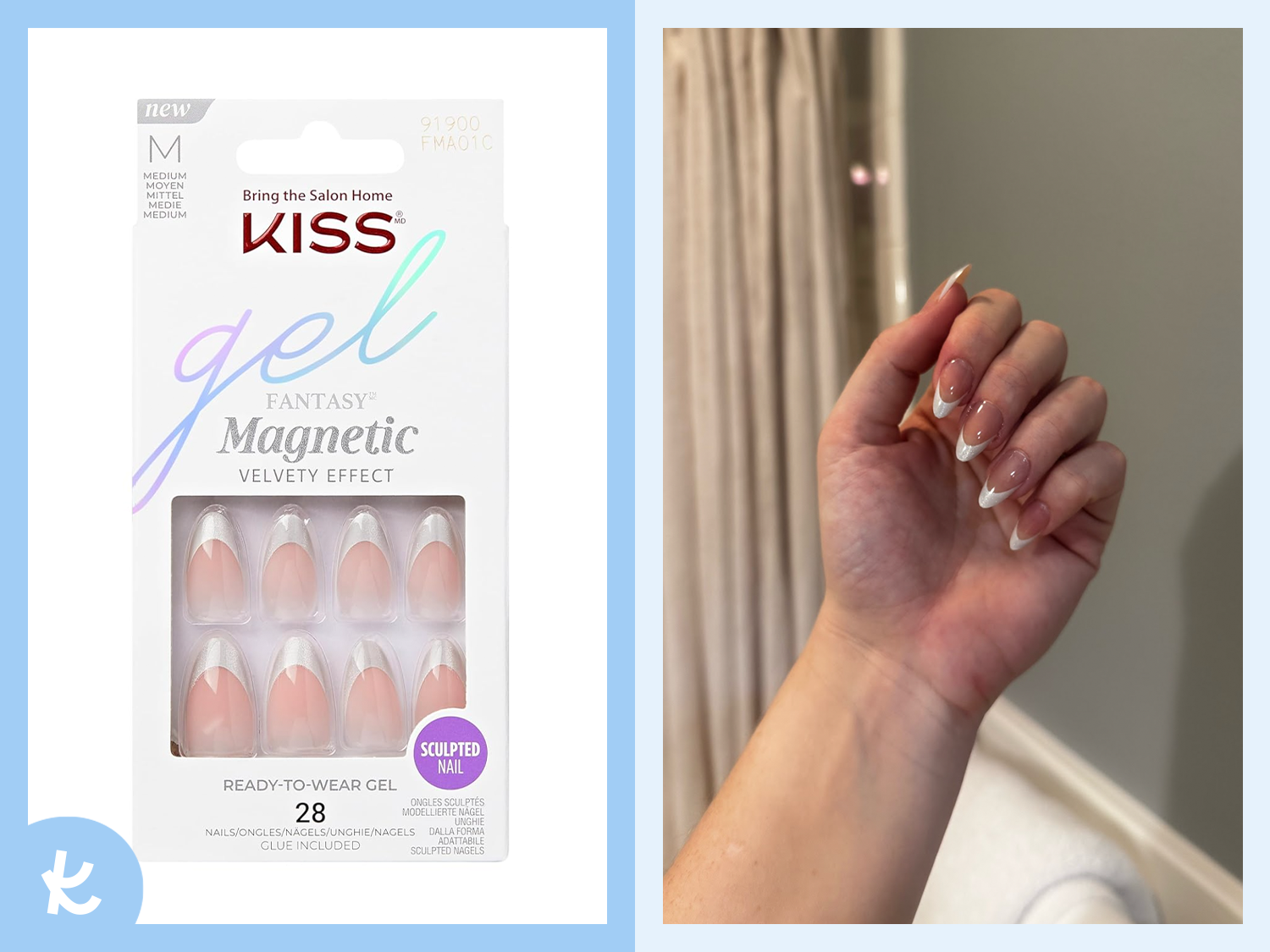

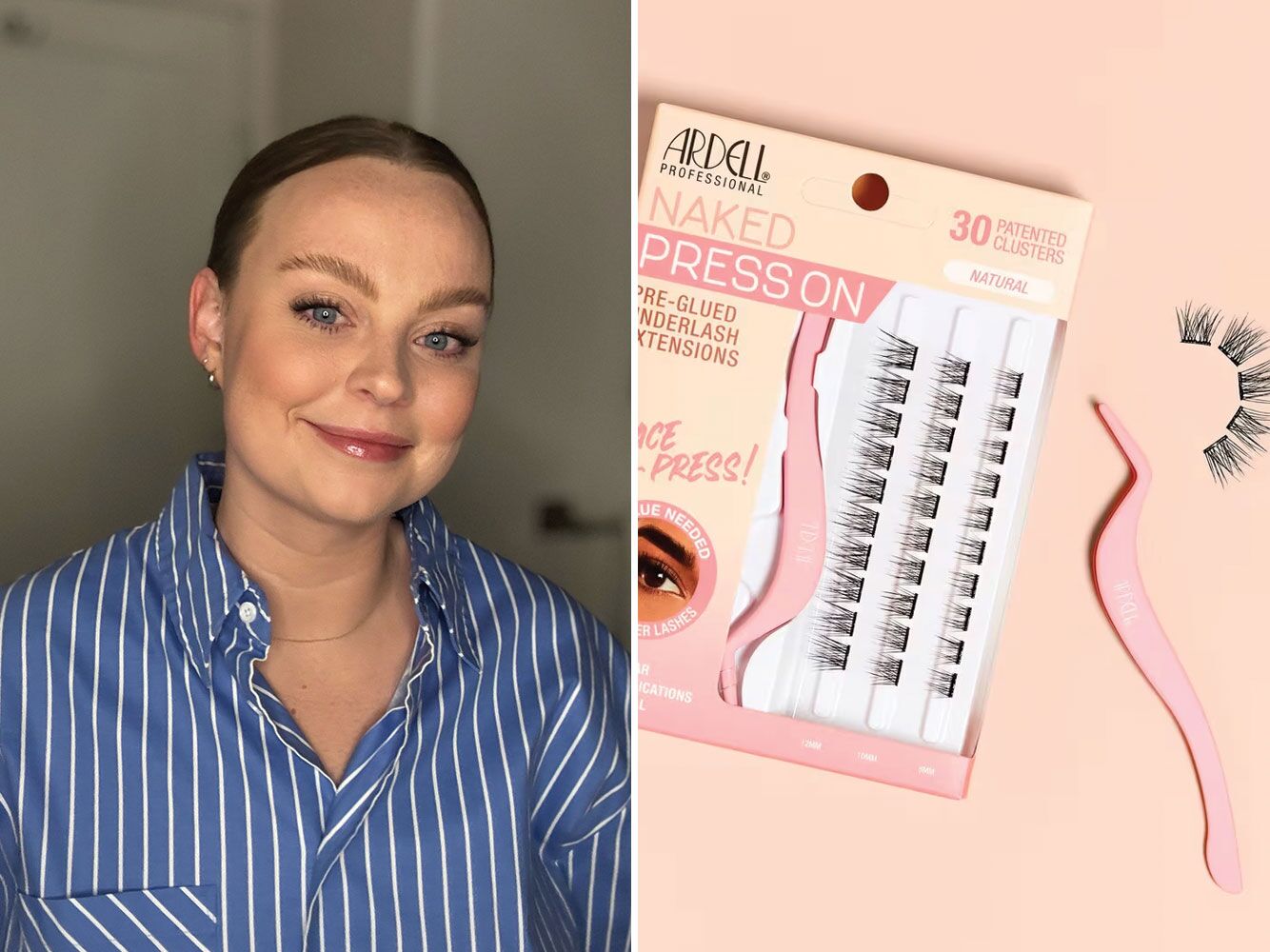
Types of Filler
While there are a myriad of FDA-approved fillers on the market, most of them work the same way when it comes to volume restoration. However, there are a few key differences between the most notable brands:
-
Juvéderm: Juvéderm is a hyaluronic acid injection meant ot restore volume in the face for one to two years. The smoothness of Juvéderm's formula makes it perfect for addresses fine lines and wrinkles in tighter facial areas.
Restylane: In contrast, Restylane, another hyaluronic acid-based filler, has a granular texture making is effective at contouring and treating volume loss around the lips, cheeks, and areas around the nose. Like Juvéderm, you can expect this treatment to last one to two years.
Sculptra: Unlike other fillers made with hyaluronic acid, Sculptra is gel-like substance made of poly-L-lactic acid that stimulates collagen production into the skin to achieve a more youthful look. While it usually requires multiple sessions, the results will last you over two years.
When To Get Filler Before Your Wedding
It's best to come in for a filler appointment about a year out from your wedding. Much like Botox, fillers are given in a series of injections, but instead of a per-unit dose, it's usually a full syringe. "A syringe may sound like a lot, but it's really just 1 mL, which is the size of a blueberry," says Norberta. "So when contouring large areas like the cheeks and jawline, you can imagine you'd need a few 'blueberries' to see a nice yet subtle difference."
"Filler results last one to two years, so you can slowly continue touching up and building the contour areas every couple of months until you reach your desired results," Norberto says. "If you want to do a final touch-up before the wedding, I'd suggest no later than six to eight weeks prior to your wedding."
Average Cost of Filler
The average cost of dermal fillers can range from $600 to $1,000, depending on your location and the type of filler used. "Each syringe is 1 mL, which is an ideal amount for the lips, but if you're treating larger areas like the cheeks and jawline, you'll need several syringes," explains Norberta. "If you have a lot of cheek and lower-face sagging, it takes more product to lift and contour those areas."
Are Botox and Fillers Safe?
Yes, both Botox and dermal fillers are FDA-approved and deemed safe to inject as long as you're not pregnant, breastfeeding or have received any vaccines within the last two weeks. "Botox is not recommended if you're diagnosed with myasthenia gravis, Guillain-Barré, or any similar neurological condition that results in progressive muscle weakness," Norberto says. Inform your injector of any pre-existing medical conditions before starting any treatment.
Does Botox Hurt? Do Fillers Hurt More Than Botox?
You may be nervous about getting injections, but there's no need to be worry about going under the cosmetic needle. You may feel a tiny pinch from the insertion of the Botox needle, but you should not feel intense pain. Norberto explains that filler doesn't necessarily hurt more than Botox due to the lidocaine mixed in with the injection. "I keep my clients comfortable by applying ice or numbing cream, and they are actually quite surprised with how comfortable they are during their procedure," she says.
Botox vs. Fillers: Which Prewedding Treatment Is Right for You?
If you want to reduce fine lines and wrinkles for your wedding, Botox will be your smooth skin BFF. If you want to achieve a plump pout or restore volume, filler is the way to go. For the best facial symmetry, Norberto recommends a combination of both. "Schedule a consultation with an injector that you've researched beforehand to discuss your goals, what realistic results can be expected and to figure out a plan of action to reach your desired look," she says.
Frequently Asked Questions About Botox and Fillers
Does Insurance Cover Botox or Fillers?
Insurance doesn't cover Botox for cosmetic purposes. "They'll sometimes cover Botox if it's injected by a neurologist or for pain management like migraines or muscle dystonia, but there are several criteria and consecutive steps that insurance requires before they even consider covering it," Norberto says.
Are There Any Side Effects to Botox and Fillers?
Botox and dermal fillers are normally well-tolerated by most, but minor or rare side effects can happen. Here's a few you might want to be aware of prior to treatment:
Botox: Some minor side effects with botox can involve minor bruising or soreness. Norberto also stresses the importance of working with an experienced cosmetic injector who can ensure your Botox is placed in the right muscles. Incorrect placement can cause little things like droopy eyebrows or an asymmetrical smile that no one wants to deal with on their wedding day.
Filler: Filler side effects can include bruising, swelling, or tenderness of the areas injected for about two weeks and, very rarely, the development of bumps, which can be dissolved and smoothed out. Vascular occlusion is another potential side effect where filler is injected into a blood vessel and reduces blood flow to that area," Norberto says. "If this rare occurrence happens, a board-certified injector should be trained to identify and immediately inject hyaluronidase to dissolve the filler."
Please note: The Knot and the materials and information it contains are not intended to, and do not constitute, medical advice and should not be used as such. You should always consult with a medical professional about your specific circumstances.



